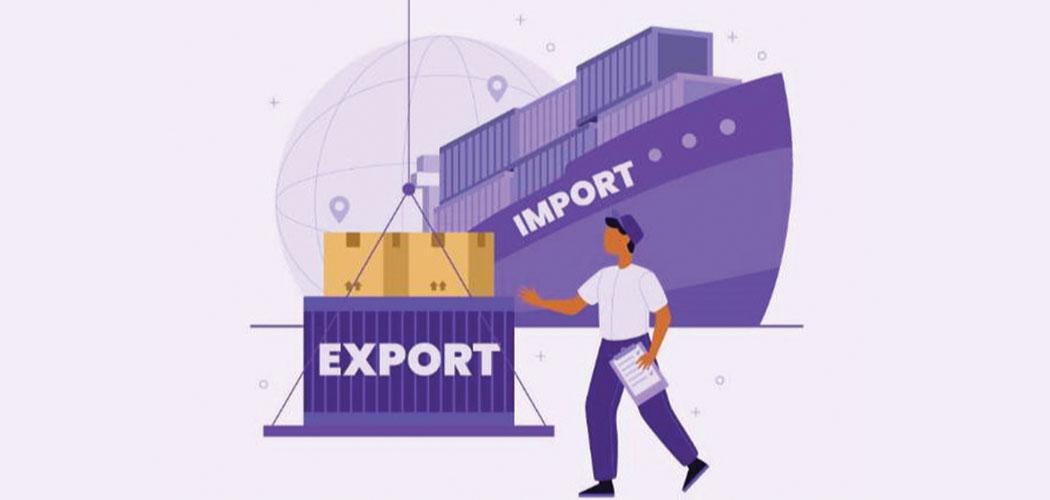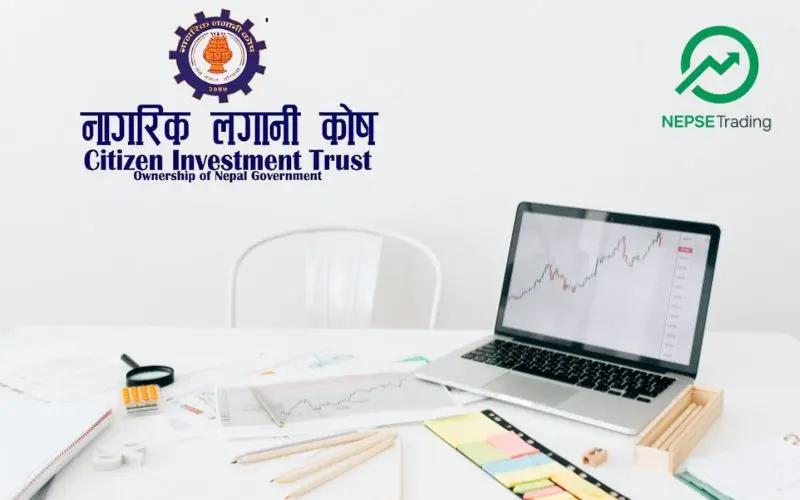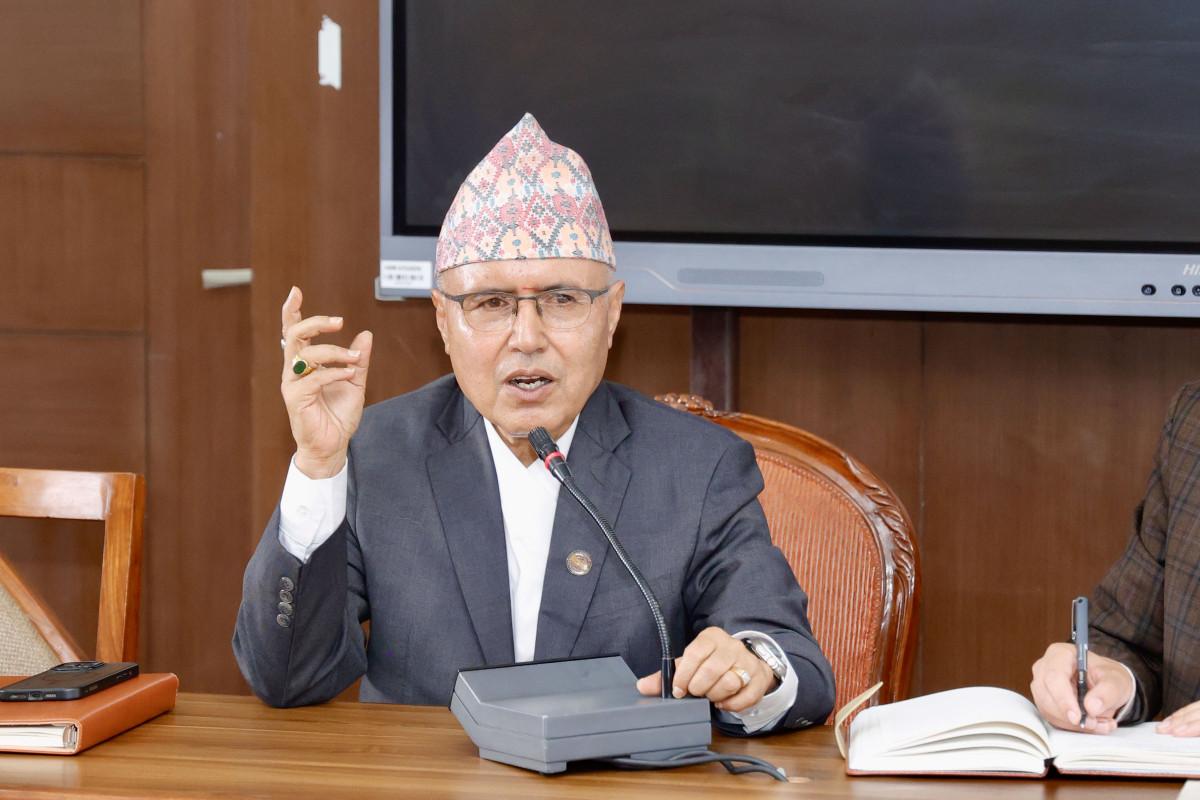By Dipesh Ghimire
Nepal’s Exports Surge 88.6% in Two Months, Driven by Strong Trade with India; Imports Also Up 16.2%

Nepal’s foreign trade has shown a strong rebound in the first two months of the current fiscal year 2082/83 (mid-July to mid-September 2025), as both exports and imports recorded significant growth.
According to data published by the Nepal Rastra Bank (NRB), the country’s total merchandise exports surged by 88.6%, reaching Rs 47.32 billion, compared to the same period last year when exports had declined by 5.1%.
This marks one of the sharpest early-year improvements in Nepal’s trade performance in recent years, mainly fueled by strong demand from India and moderate growth in other export destinations.
Exports to India Nearly Double; China-Bound Goods Decline
Destination-wise data shows a highly uneven pattern across Nepal’s trading partners.
Exports to India jumped by 139.9%, showing a strong recovery in cross-border trade after a sluggish previous year.
Exports to other countries (excluding India and China) grew marginally by 0.4%, indicating stability in non-regional markets.
However, exports to China plunged by 58.5%, continuing a declining trend seen since late 2023 due to logistical hurdles and weaker demand for Nepali goods in Chinese markets.
This shows that India remains Nepal’s primary trade anchor, while exports to China are still struggling to recover after post-pandemic supply disruptions and customs challenges at the border.
Major Export Items: Palm Oil, Soybean Oil, and Jute Lead Growth
On a commodity basis, the main contributors to export growth were soybean oil, palm oil, jute products, large cardamom, and instant noodles (chow chow).
These items, mostly semi-processed agricultural and consumer products, saw significant demand in India and South Asian markets.
Conversely, exports of zinc sheets, particle boards, tea, woolen carpets, and pines (wood products) declined during the same period.
The decline in traditional export items like tea and woolen carpets highlights Nepal’s continued dependence on re-export commodities and low-value industrial goods rather than high-end domestic manufacturing.
Imports Also Rise by 16.2%: Industrial Inputs and Vehicles Drive Growth
During the same two-month period, Nepal’s total imports grew by 16.2%, reaching Rs 305.16 billion, compared to a modest 1.1% increase in the same period of the previous fiscal year.
This rise reflects both increased domestic consumption and higher industrial input requirements.
Country-wise, imports from:
India rose by 8%,
China increased by 25.1%, and
Other countries surged by 33.4%.
These figures indicate a broad-based rise in import activity across trading partners, showing that Nepal’s economic recovery and consumption cycle are reviving.
Top Imported Goods: Oil, Fertilizer, Vehicles, and Telecom Equipment
The import structure reveals a sharp rise in raw soybean oil, chemical fertilizers, transport and vehicle spare parts, aircraft components, and telecommunication equipment.
These items collectively reflect both industrial demand (fertilizers, machinery) and consumption-oriented imports (vehicles, electronics).
Meanwhile, imports of hot-rolled steel sheets, edible oil, ready-made garments, oilseeds, and garlic declined — partly due to inventory adjustments and substitution with locally available alternatives.
The continued rise in high-value imports like vehicles and machinery suggests a reviving middle-class demand and industrial resumption, but also raises concerns about Nepal’s growing import dependency.
Trade Deficit Expands 8.6% to Rs 257.84 Billion
Despite the export rebound, the trade deficit widened by 8.6%, reaching Rs 257.84 billion during the review period.
In the same period last year, the trade deficit had increased by only 1.8%.
The widening deficit indicates that imports continue to outpace exports, a long-standing structural challenge for Nepal’s economy.
Even though exports nearly doubled, their small base value means the trade gap remains large and persistent.
Export-to-Import Ratio Improves to 15.5%
One of the positive takeaways is the improvement in Nepal’s export-to-import ratio, which rose to 15.5% from 9.6% a year ago.
This implies that Nepal now earns Rs 15.5 from exports for every Rs 100 it spends on imports — a notable improvement, though still heavily tilted toward imports.
Such an improvement, if sustained, could gradually reduce pressure on foreign exchange reserves, especially if export diversification continues beyond re-export products.
Trade with India in Non-Convertible Currency Declines Slightly
The NRB report also highlights that during the review period, Nepal imported goods worth Rs 27.75 billion from India using non-convertible foreign currency (NCFC).
This is slightly lower than the Rs 29.93 billion recorded in the same period of the previous year.
The drop indicates that direct Indian rupee-denominated trade remains stable, but cross-currency transactions (through USD or third-country settlements) have marginally decreased — possibly due to Nepal’s cautious foreign reserve management policy.
Trade Growth Reflects Recovery, but Risks Remain
The 88.6% export surge is undoubtedly a positive signal for Nepal’s external sector, but a deeper analysis reveals a mixed economic picture.
Re-export Dominance:
Much of the export growth came from re-exported or semi-processed products like palm oil and soybean oil — goods that depend on imported raw materials. This means that while export value rises, the net foreign exchange gain remains limited.Weak Industrial Diversification:
Declining exports of traditional Nepali goods such as carpets, tea, and handicrafts suggest that domestic manufacturing competitiveness remains weak.
Without product diversification, Nepal risks remaining trapped in a low-value trade cycle.Import Pressure:
The strong import growth reflects economic recovery but also potential inflationary pressure and foreign currency outflow, which could stress Nepal’s balance of payments if not matched by remittance inflows or tourism earnings.Regional Imbalance:
Trade dependency on India continues to deepen. While India’s dominance provides stability, it also exposes Nepal to policy and price fluctuations from a single partner.
Nepal’s trade data for the first two months of FY 2082/83 presents a cautiously optimistic outlook.
Exports have rebounded sharply — a sign of improving trade logistics and regional demand — while imports reflect domestic economic revival.
However, the expanding trade deficit, limited export diversification, and dependency on re-export items remain pressing challenges.
Sustaining this momentum will require policy focus on value-added manufacturing, export promotion, and import substitution, especially in agriculture and light industries.
In short, Nepal’s trade engine has restarted, but it still runs on borrowed fuel.
For true economic stability, the next step must be to turn this short-term recovery into long-term structural reform.









